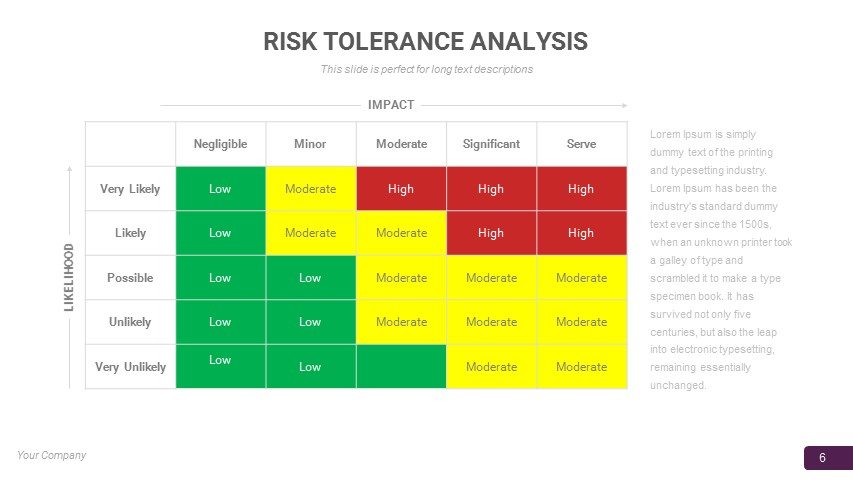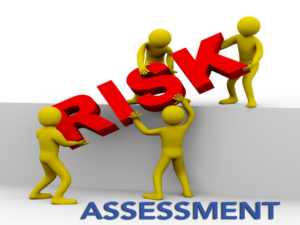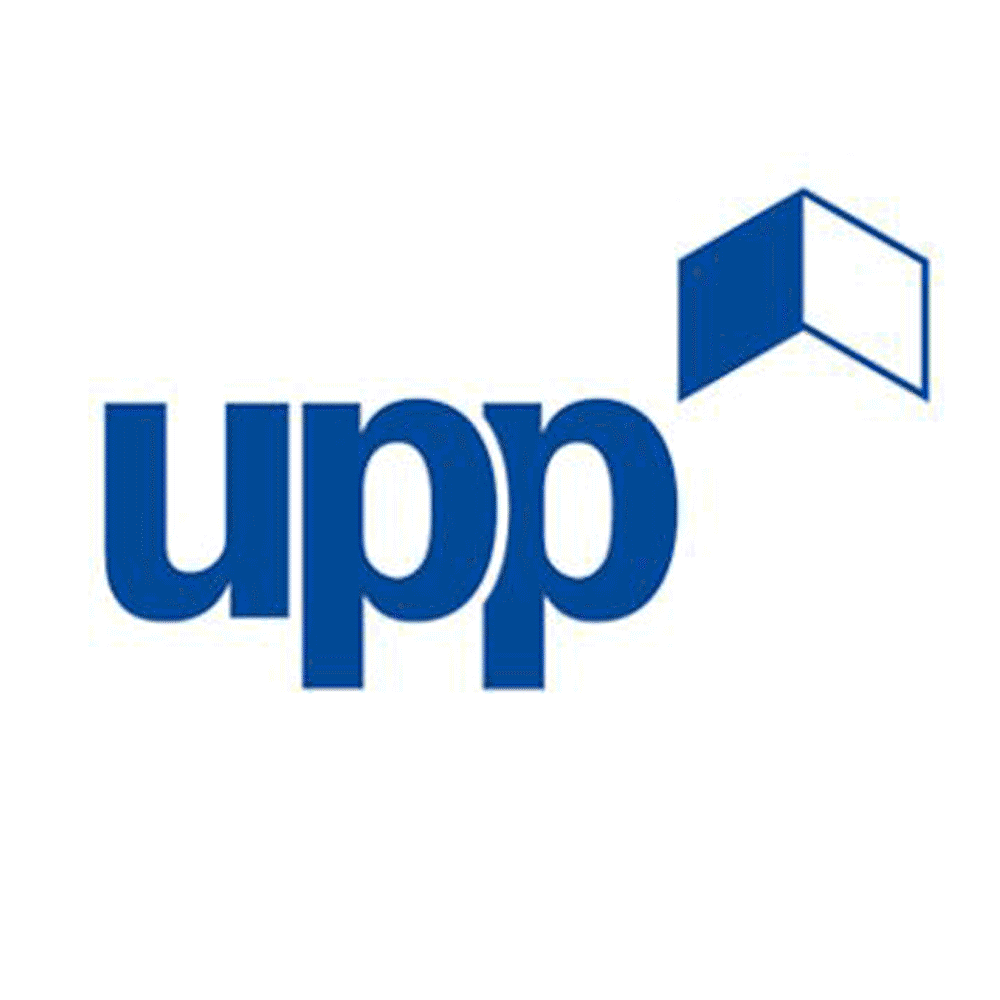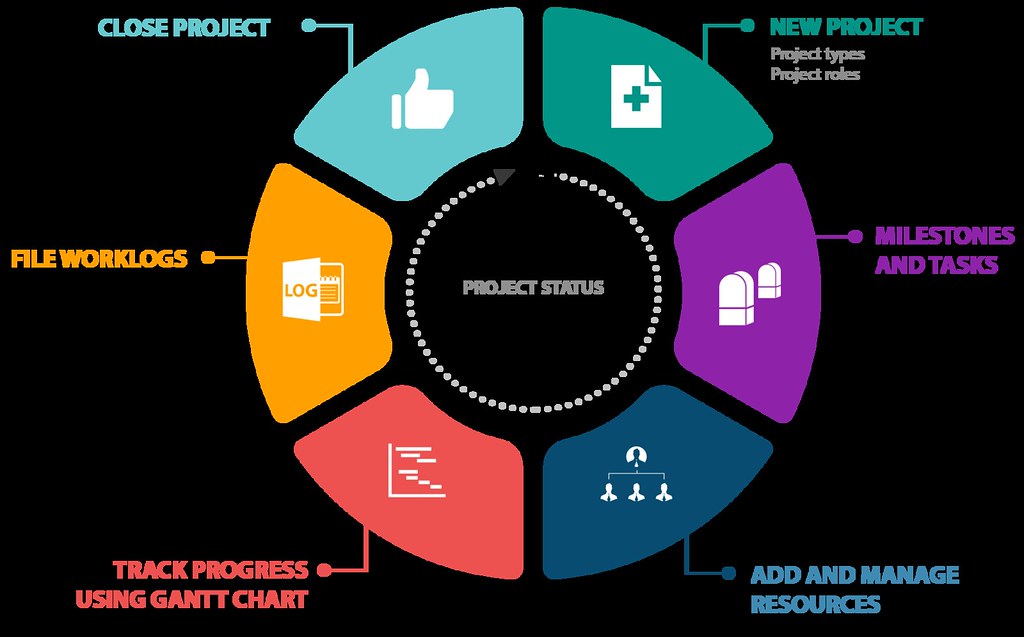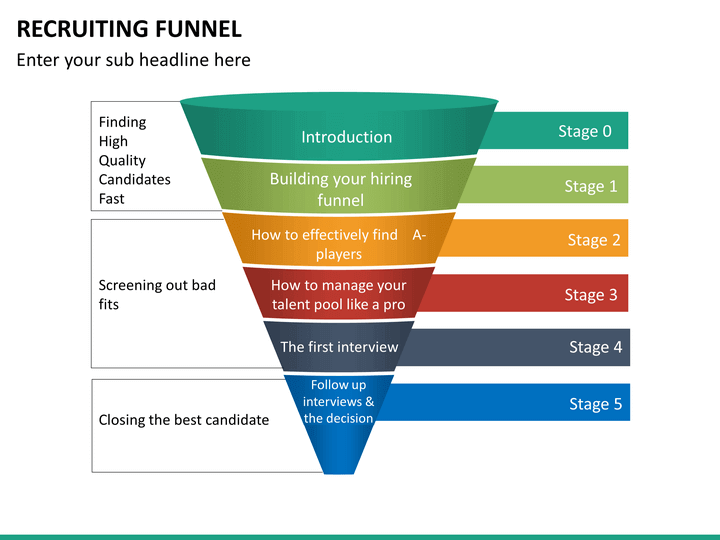Risk management processes guide the project manager and project team in the identification, analysis, response and control of risk. When to use While risk management should be practiced throughout the life of the project, the emphasis has a tendency to change. Like the Time Management Plan, Scope Management, Budget, Quality, the Change Management Plan and Issues Management. But also the Risk Management Plan is a subset, or a subplan, of the Project Management Plan. Project Management Online Guide in the Risk Management Plan spreadsheet. Larger, more complex projects may wish to use more robust analysis techniques via Monte Carlo simulation models. In the financial world, risk management is the process of identification, analysis and acceptance or mitigation of uncertainty in investment decisions. Essentially, risk management occurs when an. Risk management affects all aspects of your project your budget, your schedule, your scope, the agreed level of quality, your communications and stakeholder engagement, the success when the projects output is implemented, and so on. @RISK for Project Management Project managers in all sectors use @RISK to identify potential risks in cost estimation and project scheduling. @RISK for Excel can connect with Microsoft Project, allowing you to perform cost and schedule modeling from the more flexible Excel environment. Risk, cybersecurity, artificial intelligence, the Internet of Thingsas technology transforms project management, PM professionals are either ahead of the game, or falling behind. Project risk management is a continuous process of identifying, analysing, prioritising and mitigating risks that threaten a projects likelihood of success in terms. Risk management tools such as project management software, excel and templates are also a vital part of project risk management Plus, you'll learn about all the activities used to. The project risk management plan summarizes the project risk management approach that has been adopted by the project manager and the team, and this project risk management plan is usually part of the project business plan, which is created at the start of the project. Risk Analysis is a proven way of identifying and assessing factors that could negatively affect the success of a business or project. It allows you to examine the risks that you or your organization face, and helps you decide whether or not to move forward with a decision. Risk Management is the process of identifying, analyzing and responding to risk factors throughout the life of a project and in the best interests of its objectives. Proper risk management implies control of possible future events and is proactive rather than reactive. What is risk management in project management? It is the process used by project managers to minimize any potential problems that may negatively impact a projects timetable. Risk is any unexpected event that might affect the people, processes. What Is Project Risk Management? As the name implies, project risk management is the practice of identifying, managing, and mitigating risks in individual projects (this can include construction projects, software updates and releases, and virtually any other type of project undertaken by a company). Project Risk Register Template. All risks are not born equal some will have a much bigger impact on a project than others. Therefore, it is important that there is a standard approach for evaluating and valuing risk. RISK MANAGEMENT the process involved with identifying, analyzing, and responding to risk. Risk is part of every project we undertake and the objective is always Project Risk Management Washington State Department of. Project Risk Management, with the help of the above mentioned factors and documents, depends primarily on the three major steps of Risk Identification, Risk Assessment and Risk Resolution. It is a sequential process which involves assessing and classifying risks using the PIMatrix and the Decision Making Tree system. Project Risk Management In this subsection project risk management, we describe the risk analysis or risk assessment process, and how we prepare a plan or strategy for managing project risk. The following diagram gives an overview over the process that essentially follows a series of risk analysis workshops, each of which consisting of 4. Failure to conduct good risk management can result in delayed completion schedules, budget overages, frustrated team members, and ultimately, project failure. First, let's define a few key terms. Project context can be characterized by the nature of the project, the immediate working environment, the identity and actions of other participants, and the progress of the project to date. Characteristics related to a particular project participant include motivation, capability, and perceived responsibilities in undertaking risk management. Each potential risk needs to be carefully, rigorously, analysed and the project team, the supporting teams and individuals, the organisation(s) involved in managing the project, all need to be evaluated to determine whether there is the capability to manage that risk successfully, should it arise. Project risk management is an important aspect of project management. According to the Project Management Institute 's PMBOK, Risk management is one of the ten knowledge areas in which a project manager must be competent. Project Risk Management is a passfail, noncredit course, and does not award letter grades. When you successfully complete this course, you will receive 2 Continuing Education Units (CEUs) and a. As a project manager or team member, you manage risk on a daily basis; its one of the most important things you do. If you learn how to apply a systematic risk management process, and put into action the core 5 risk management process steps, then your projects will run more smoothly and be a positive experience for everyone involved. External Risk: The execution of a project requires help and support from several outside vendors as well. The dependence on these vendors poses obvious risk to the execution of the project. The dependence on these vendors poses obvious risk to the execution of the project. Risk management is the process of identifying, mitigating, and controlling the known risks in order to increase the probability of meeting your project objectives. This article is one of many project management goals on the Project Road Map. Evaluating the risk for probability of occurrence and the severity or the potential loss to the project is the next step in the risk management process. Having criteria to determine high impact risks can help narrow the focus on a few critical risks that require mitigation. Bart Jutte is a founder and consultant at Concilio, a Netherlandsbased company specialising in project risk management. Concilio offers consultancy, training and sells its. Few project leaders want to spend the upfront time and money to actually put together a risk management plan, but it truly needs to be your first step in effectively managing risks on your project. Your planning needs to include four steps in order to be effective and in order to be a sellable. Curas Project Risk Management software solutions enable organizations to better prepare for unforeseen events andor activities that can positively or negatively impact the. Managing Project Risk A risk is a future event that may or may not happen, but if it does occur it will have an effect on project scopeschedule, , budget, or quality. Project risk management is the process of identifying, analyzing and then responding to any risk that arises over the life cycle of a project to help the project remain on track and meet its goal. Managing risk isnt reactive only, it should be part of the planning process to figure out risk that might happen in the project and how to control. Risk management is a process of identifying risk, planning responses to those risks, and monitoring them throughout the project life cycle. On the other hand, a risk management plan is a document which documents the detailed plan to identify risks, analyze the risks, developing responses, and how to manage the responses. Chapter 1 gives an overview of project risk management, the three levels of project risk management, and the process, roles, and responsibilities. Chapter 2 is designed to help the project manager plan the risk management process, form the project Risk is defined by the Project Management Institute as an uncertain event or condition that, if it occurs, has a positive or negative effect on one or more project objectives. Risk Management A project is a temporary endeavor which produces a unique product, service or result. Project Risk Management Course Overview An introduction to project risk management that enables a team to identify, classify and manage risk systematically for the duration of a project, taking full account of corporate aims in order to control the probability and mitigate the impact of an adverse risk event. This project risk register is the primary risk reporting tool and is available in the central project server, which is accessible to all stakeholders. Risk monitoring and controlling or risk review is an iterative process that uses progress status reports and deliverable status to monitor and control risks. The risk mitigation plan captures the risk mitigation approach for each identified risk event and the actions the project management team will take to reduce or eliminate the risk. Risk avoidance usually involves developing an alternative strategy that has a higher probability of success but usually at a higher cost associated with. Many project managers simply email their project team members and ask them to send in things they think might go wrong in terms of risk to the project. Its about Project Management, Risk Management and Project Risk Management (Risk Identification, Risk Assessment, Risk Planning and Risk Implementation). Also there is a relation between Project Risk Management and Operational Risk Management. Risk is the possibility of loss or injury. 1 Project risk is an uncertain event or condition that, if it occurs, has an effect on at least one project objective. 2 Risk management focuses on identifying and assessing the risks to the project and managing those risks to minimize the impact on the project. There are no riskfree projects because. Risk management is about maximizing your chances of project success by identifying risks early on and planning how to manage them. Project management is all about the management of risks; the ability to seize opportunities, minimize threats and to optimize results. However, risk management is too often treated as a reactive process, or worse, not done at all. Project risk management must be considered at the different phases of acquisition. In the beginning of a project, the advancement of technical developments, or threats presented by a competitor's projects, may cause a risk or threat assessment and subsequent evaluation of alternatives. The project risk management plan addresses the process behind risk management and the risk assessment meeting allows the project team to identify, categorize, prioritize, and mitigate or avoid these risks ahead of time. Project Risk Management Tools (Ultimate Guide to Project Risk, Part 2) This is the second in a twopart series for our Ultimate Guide to Project Risk. Read 0 Shares Share Risk acceptance is when the project team decides not to change the project management plan to deal with the risk or is unable to identify any other risk response strategies for a risk event. This strategy can be passive where the project team decides to just deal with the risk if it occurs. Project Risk Management is involved in risk identification, management and response strategy impacts every area of the project management lifecycle risk uncertainty risk management increase the probability of project success by negative risks (threats) and increasing positive events (opportunities) Risk is inevitable in a business organization when undertaking projects. However, the project manager needs to ensure that risks are kept to a minimal. Risks can be mainly divided between two types, negative impact risk and positive impact risk. Not all the time would project managers be facing.




